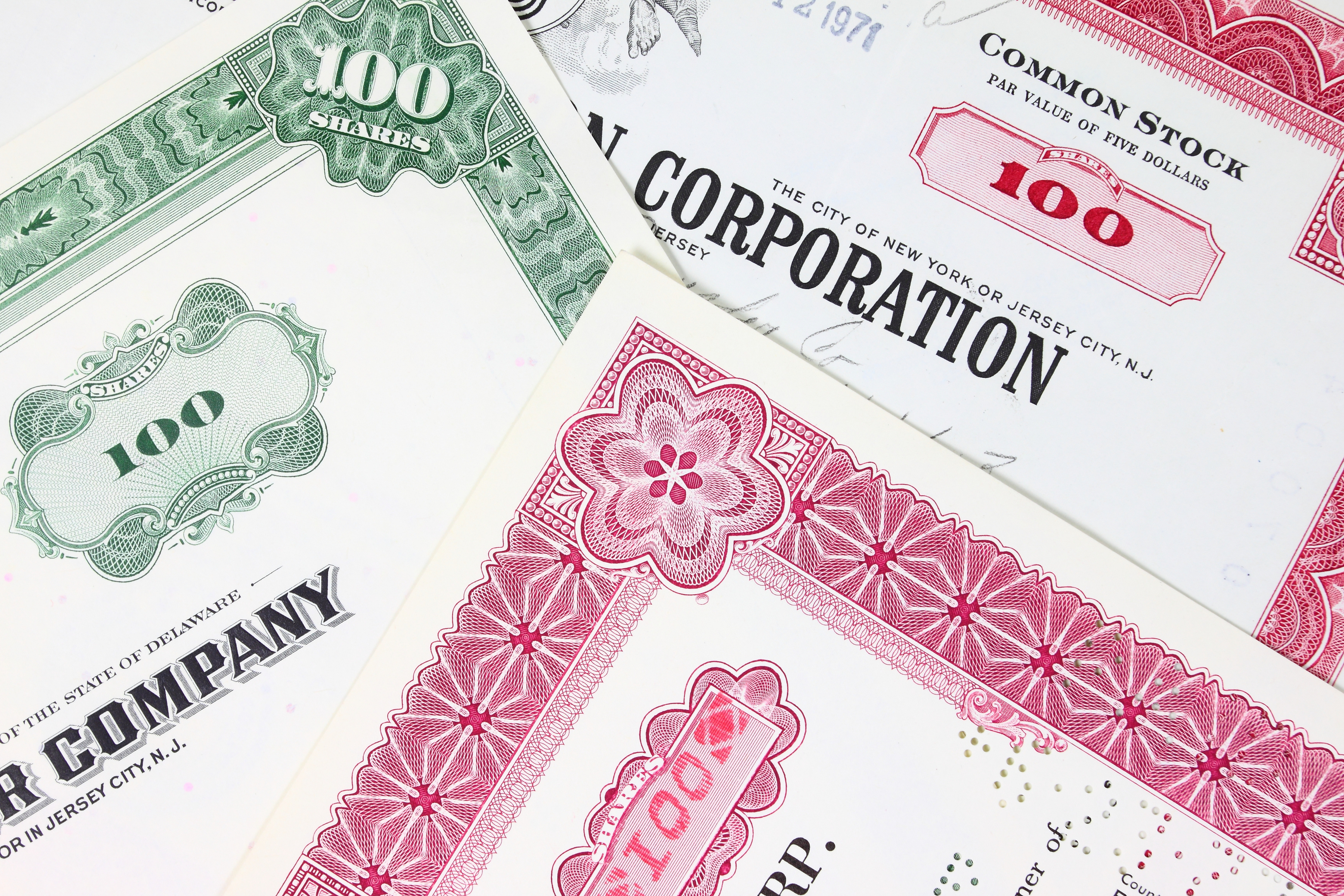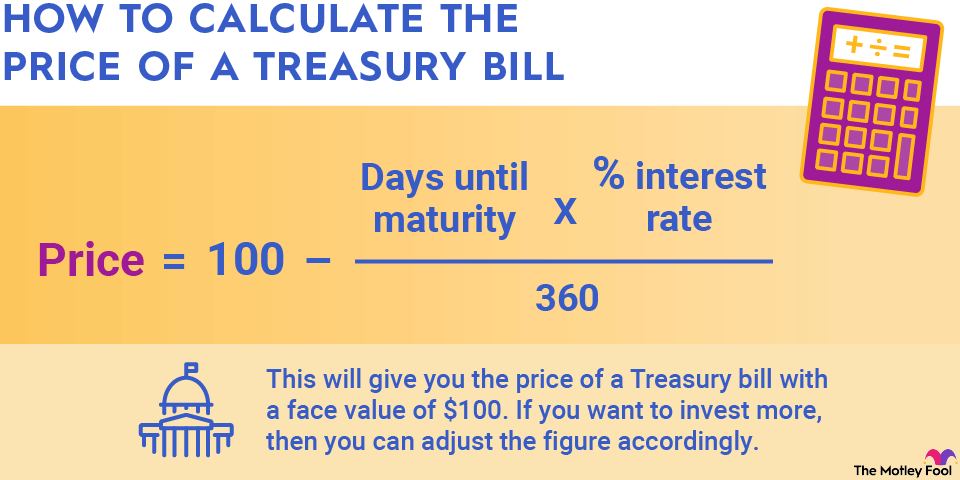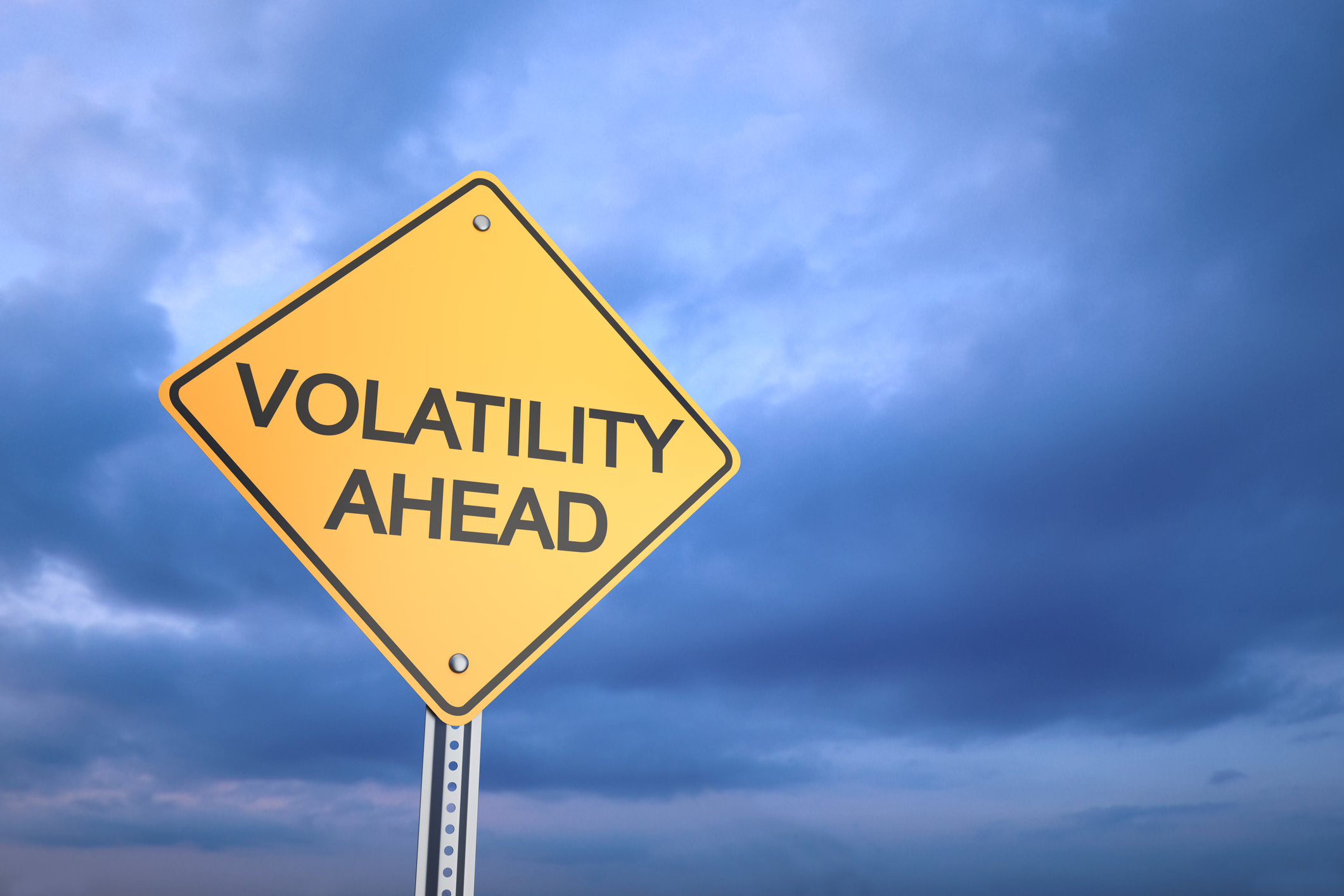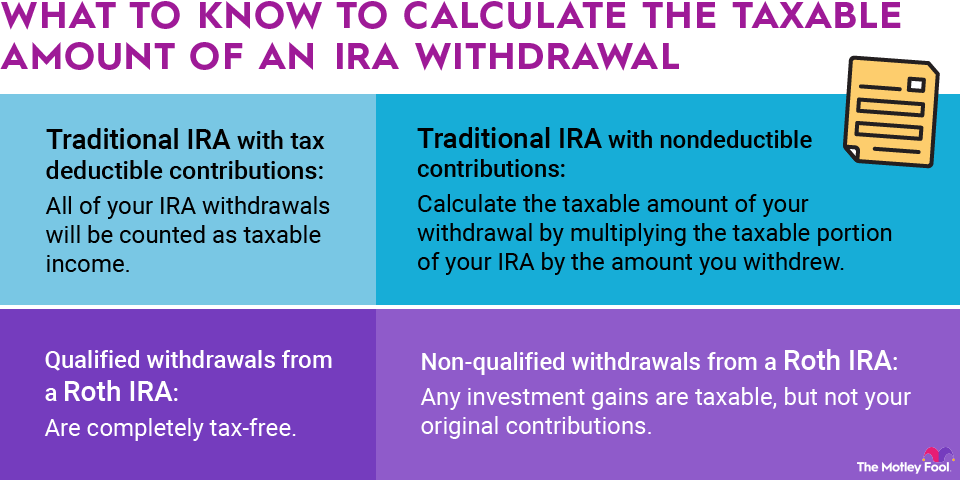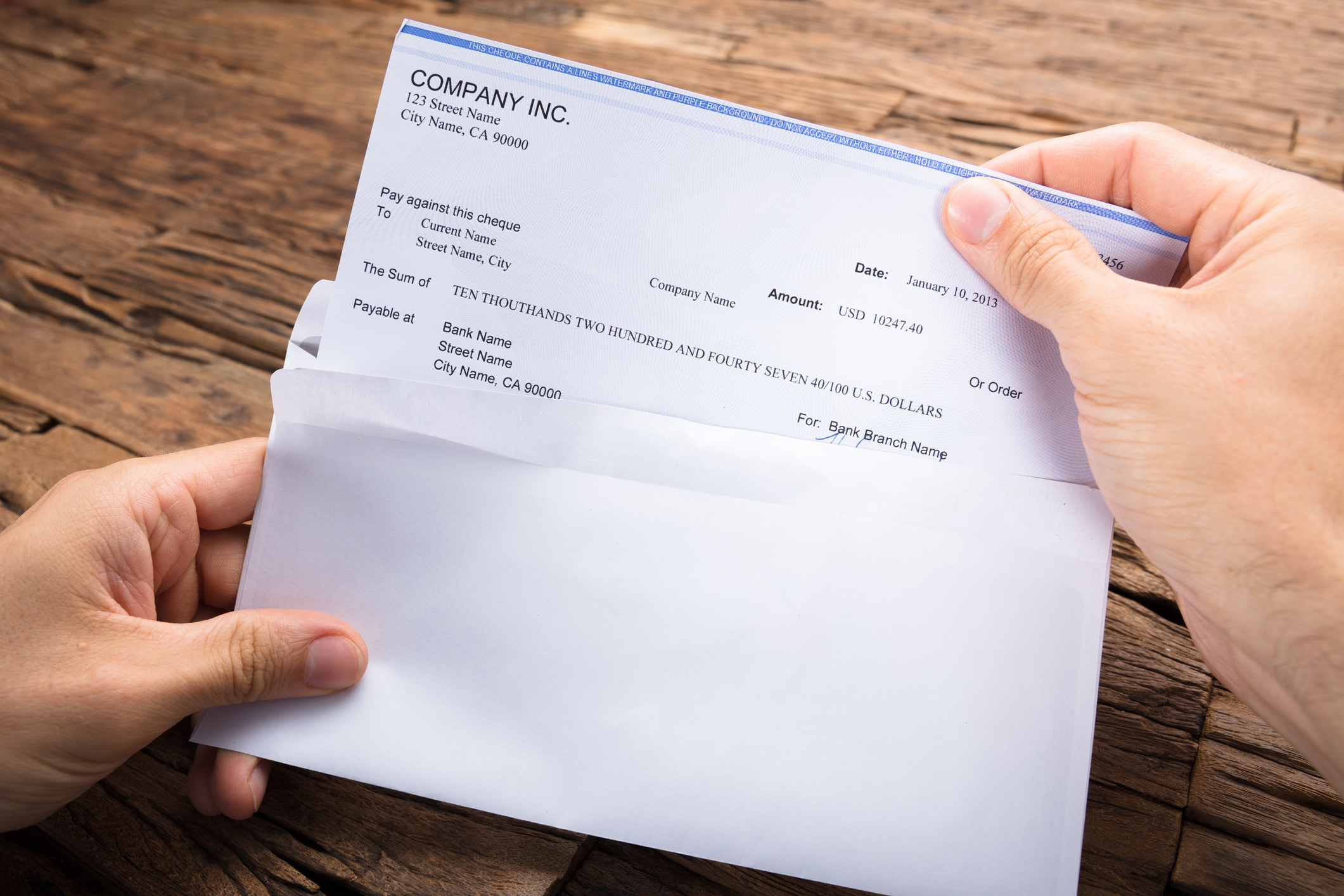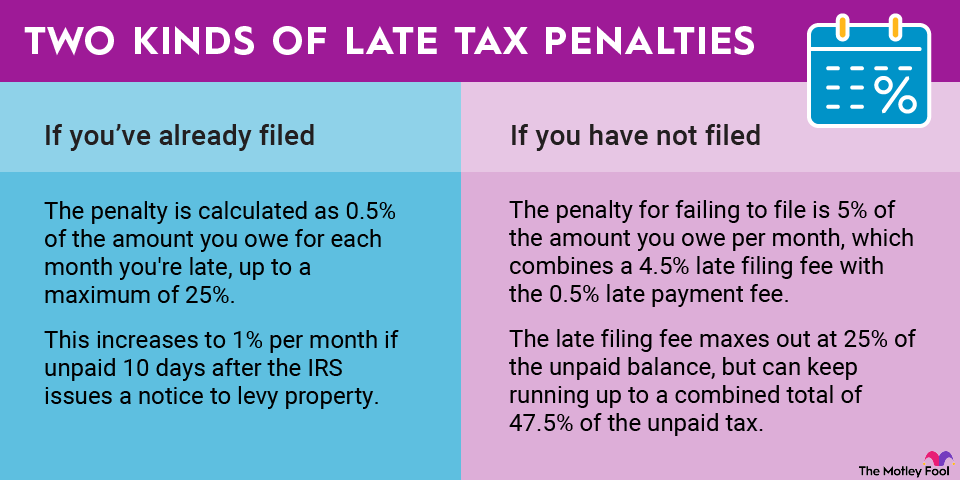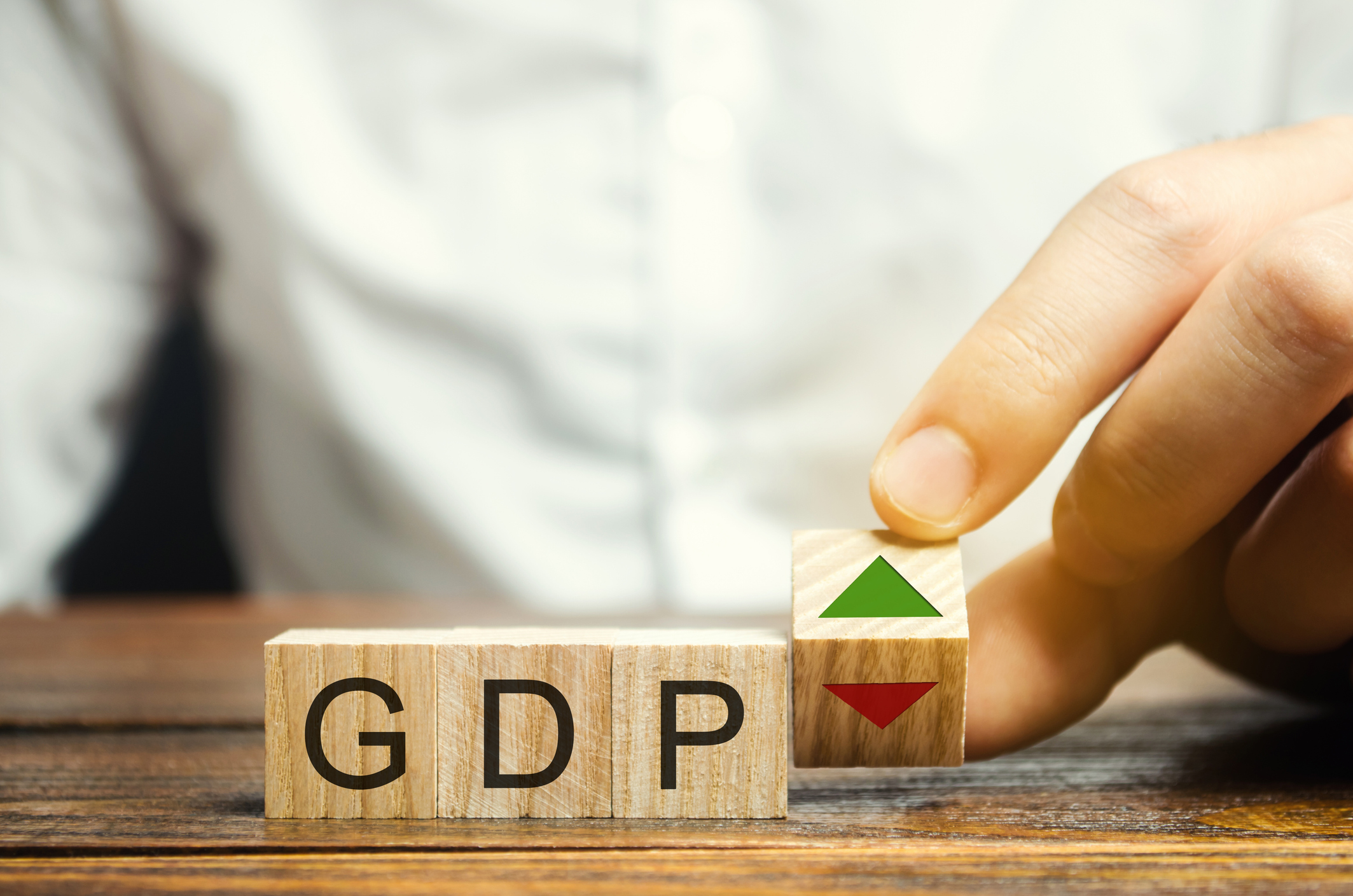Preferred stock is a special type of equity financing that shares some features of common stock, as well as debt. Luckily, finding the amount of preferred stock outstanding for any given company has more to do with looking in the right place than making a calculation.
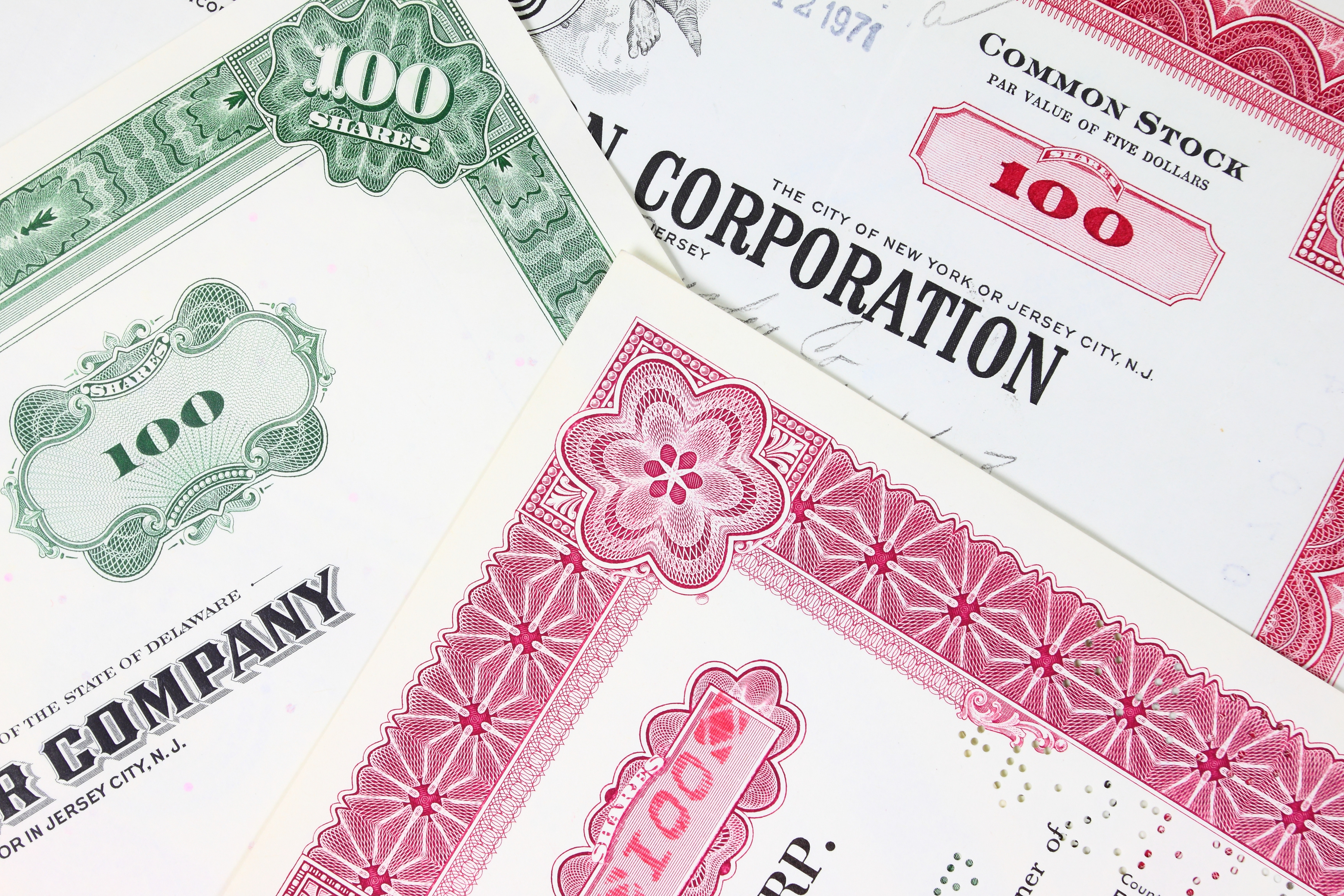
Next to the label "preferred stock" is a short description. Bank of America has authorized 100 million shares of preferred stock, meaning it could theoretically have 100 million shares of preferred stock outstanding. Next, it reports that there are roughly 3.76 million and 3.65 million shares outstanding at the end of 2015 and 2014, respectively.
The number of shares outstanding doesn't really tell you all that much because a preferred share can be issued in any amount, though $25 and $100 par values are common. You need to look to the next column in the balance sheet, where you can see there is about $22.3 billion of preferred stock outstanding at the end of 2015 vs. $19.3 billion at the end of 2014. This is the number that really matters.
Related investing articles
If for some reason the amount of preferred stock outstanding was not immediately available, some simple math could save the day.
Note that if you start with shareholders' equity of $256.2 billion, and subtract the amount of accumulated other comprehensive income (if applicable), retained earnings, and common stock, you'd arrive at the amount (about $22.3 billion) of preferred stock outstanding.




